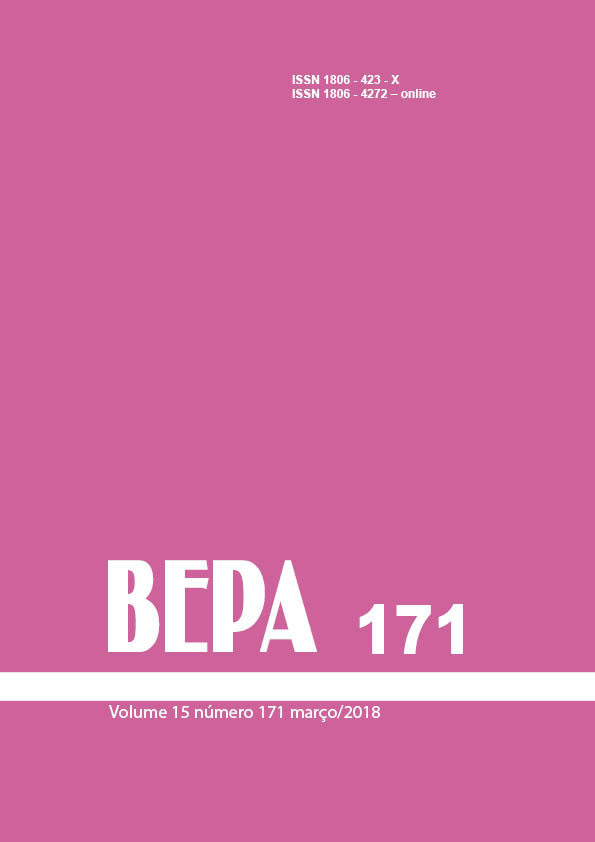Abstract
Through the use of Health Observatory, we sought to identify the potential risks in drug interactions
during tuberculosis (TB) treatment in HIV co-infected patients and its effects on the adhesion and
continuity of care detecting the most frequent changes and proposing the development of a score
by considering the dichotomized variables. We selected patients admitted at the Emilio Ribas
Institute for Infectious Diseases (IIER) reported by the Epidemiological Surveillance Service in
the Notifiable Diseases Information System (SINAN). An exploratory descriptive cross-sectional
study was conducted from January to December 2008 using secondary data from medical records
associated with re-hospitalization, death and CD4 change, considering history of alcohol and/or
drug abuse, liver disease, use of anti-proteinase or other drugs metabolized in the liver, hepatitis,
quantity of drugs and drugs metabolized in the liver. The sample was composed of 82 patients: 60
(73.00%) male and 22 (27.00%) female aged between 13-59 years (mean 37.70). 46 (76.66%) were
white and all of them underwent 144 hospitalizations in the period. The majority of them (68.29%)
lived in Sao Paulo and others in its metropolitan area. Irregular, default and/or noncompliance TB
treatments were referred by 38.33% of men and 40.90% of women. Among the patient backgrounds,
31 (37.80%) were illicit drug users and 17 (20.73 %) alcohol users, and 10 (12.20%) were hepatitis
patients. The correlated ICD-10 for TB (A-15 to A-19) were 21 A-15, 18 A-16, 15 A-17, 17 A-18
and 11 A-19. Associated to re-hospitalization the odds ratio (OR) was 3.0 in reference to previous
liver disease and 3.87 to the protease inhibitor use or other drug metabolized by liver. Related to
death the OR was 4.12 for the protease use or other drug metabolized by liver and related to CD4
the OR was 3.49 associated to the same variable and related to alcohol and/or drug history the OR
was 12.60. The most common side effects were nausea and vomiting and nine patients proceed with
cholestasis, jaundice, pancreatitis or drug-induced hepatitis. Patients with CD4 < 200 with multiple
co-morbidities experienced serious adverse events. We identified factors such as alcohol and drug
abuse background associated to rehospitalizations, CD4 changes and deaths, history of liver disease
and use of protease inhibitor or other drugs metabolized in the liver. The proposed score is easy
to apply and may help identify patients at higher risk using epidemiological and laboratory and
clinical variables and also the adoption of a monitoring routine of hospital records to identify the
incidence of re-hospitalizations and their causes establishing a protocol for hospital discharge with
prior appointment at the health facility closest to the patient’s home.

This work is licensed under a Creative Commons Attribution 4.0 International License.
Copyright (c) 2022 Virgínia de Fátima Novelli, Nilton José Fernandes Cavalcante (orientador)
